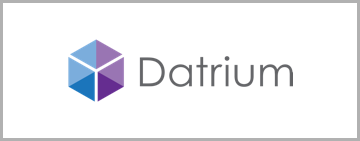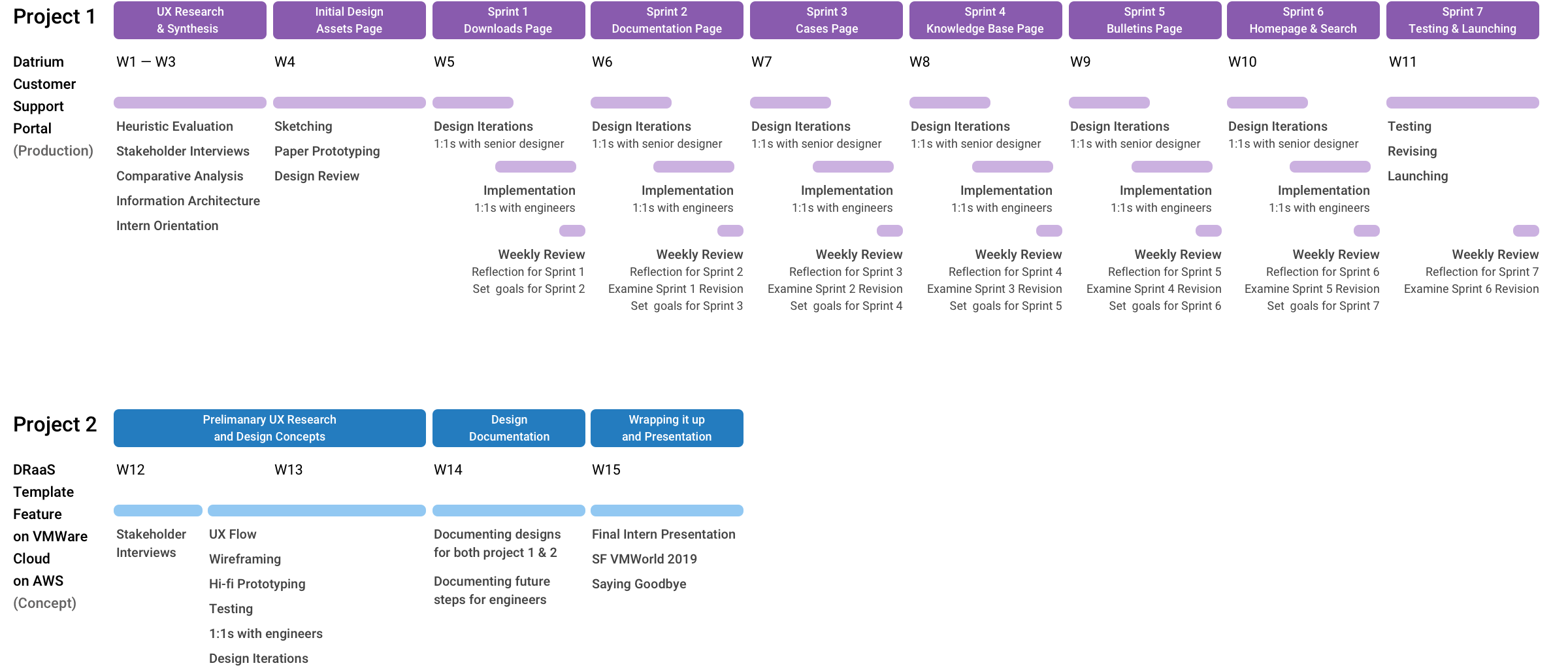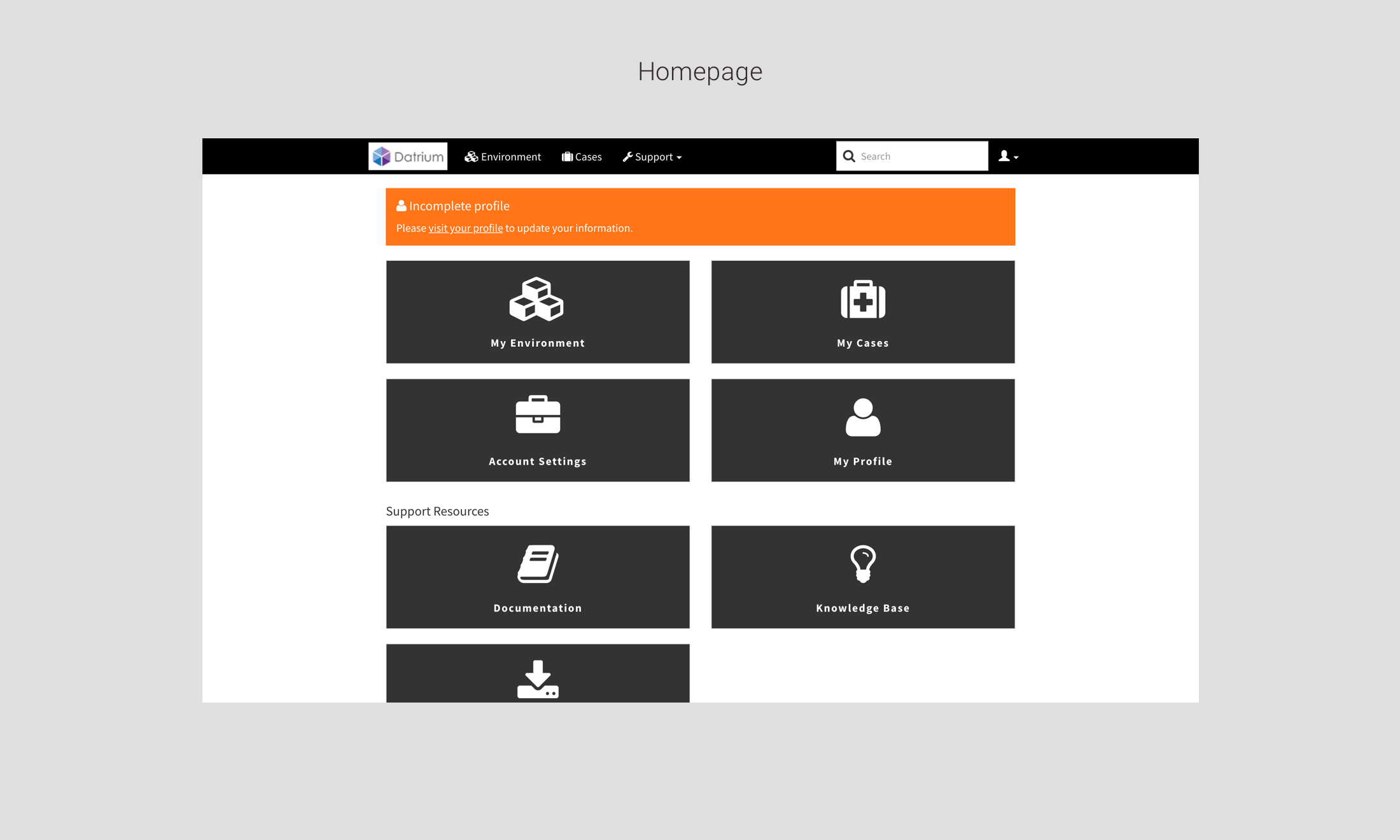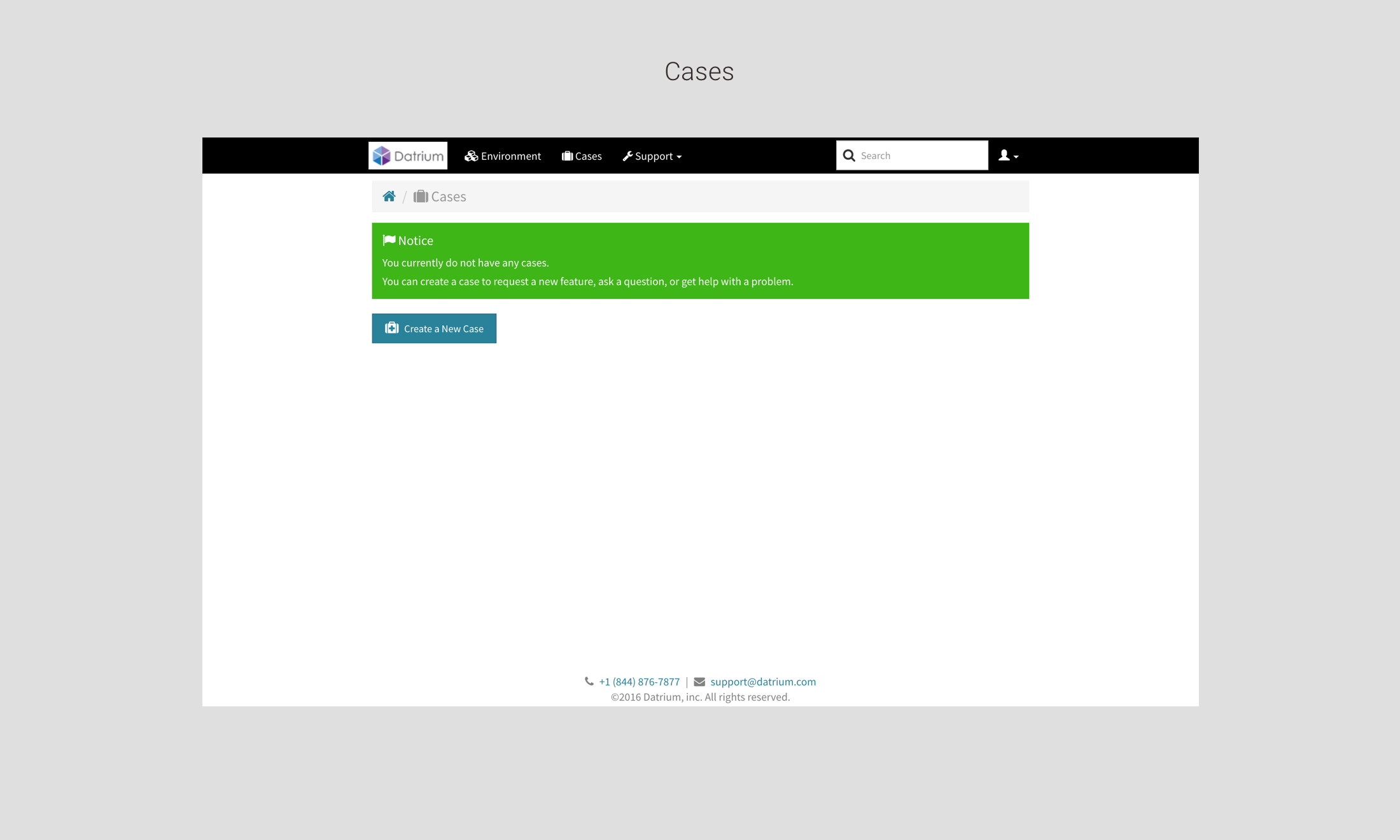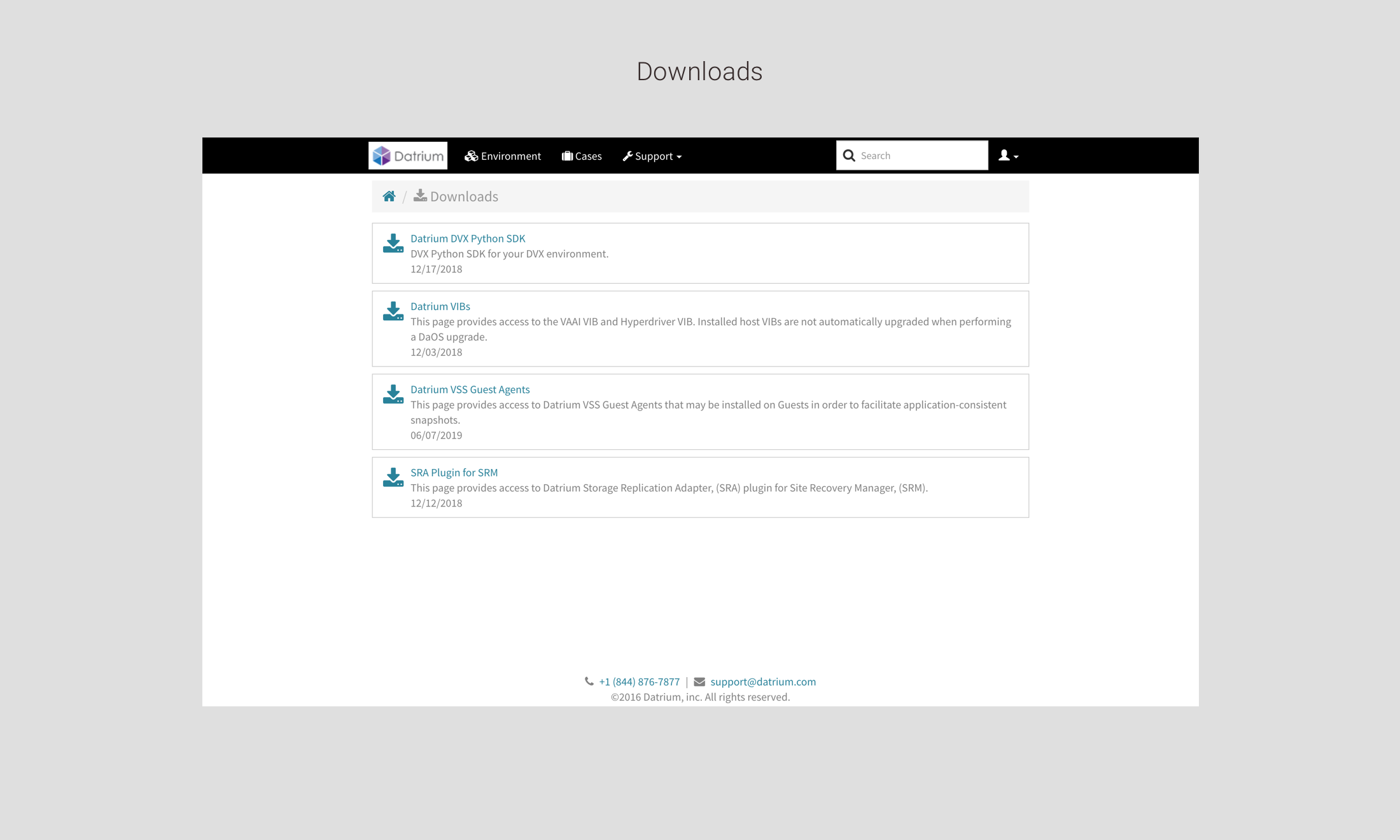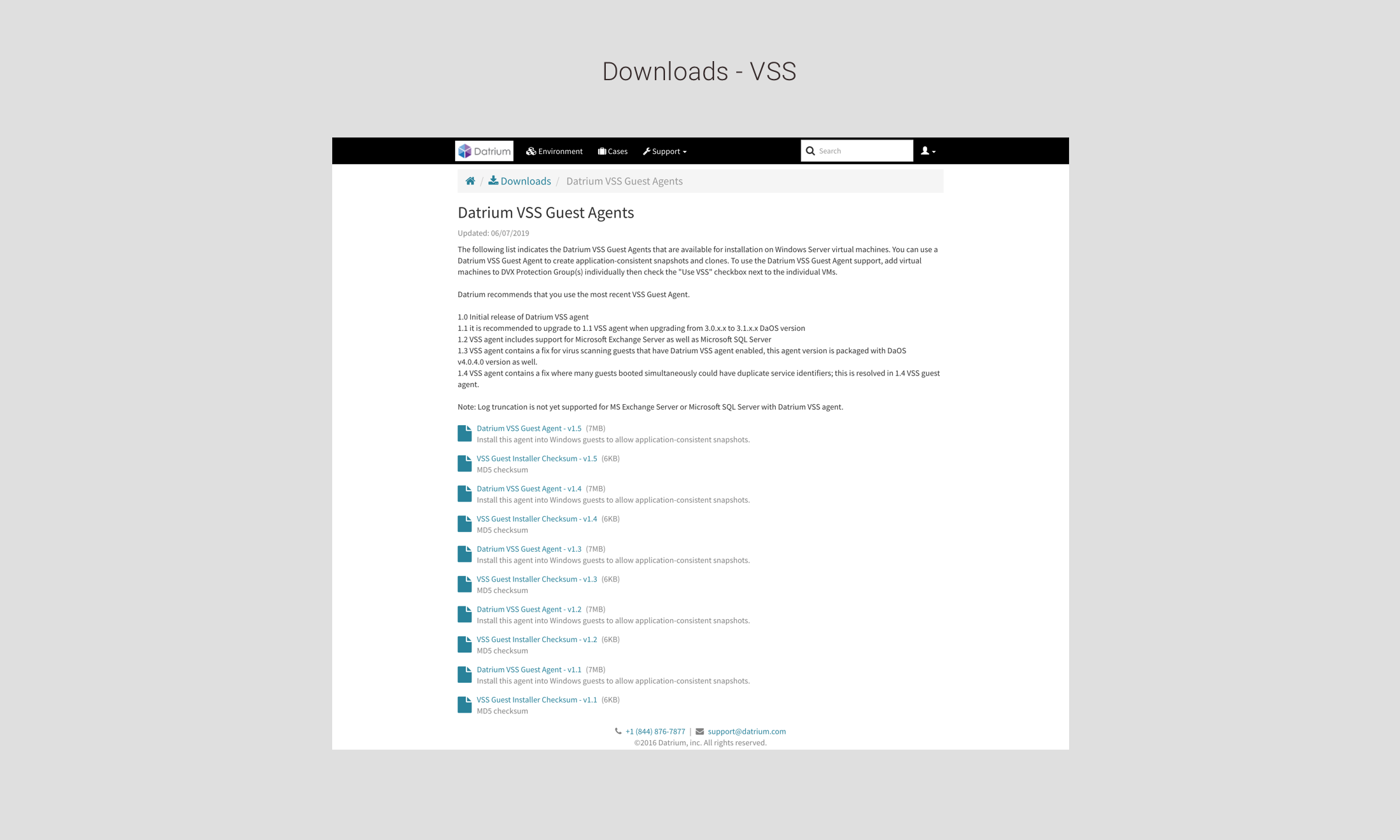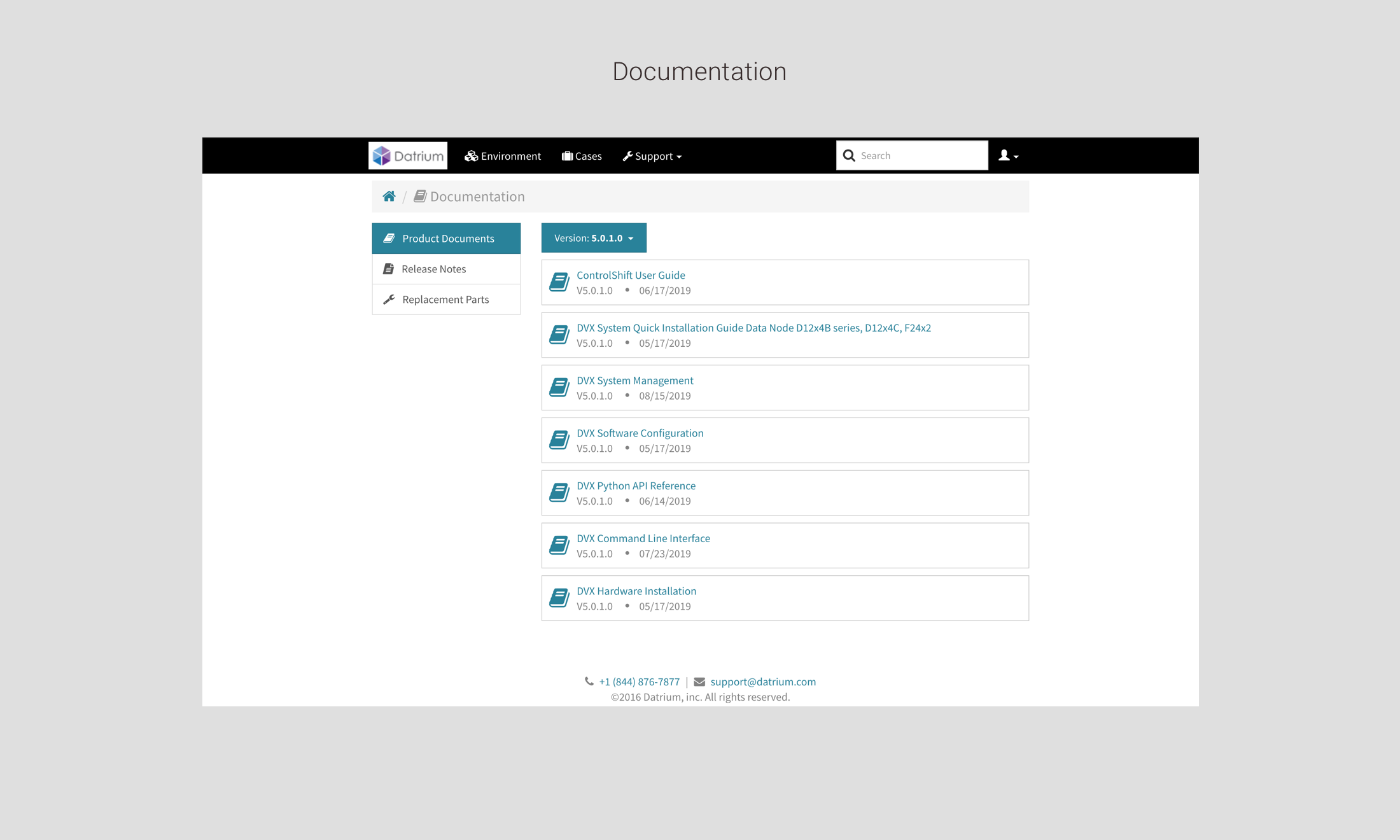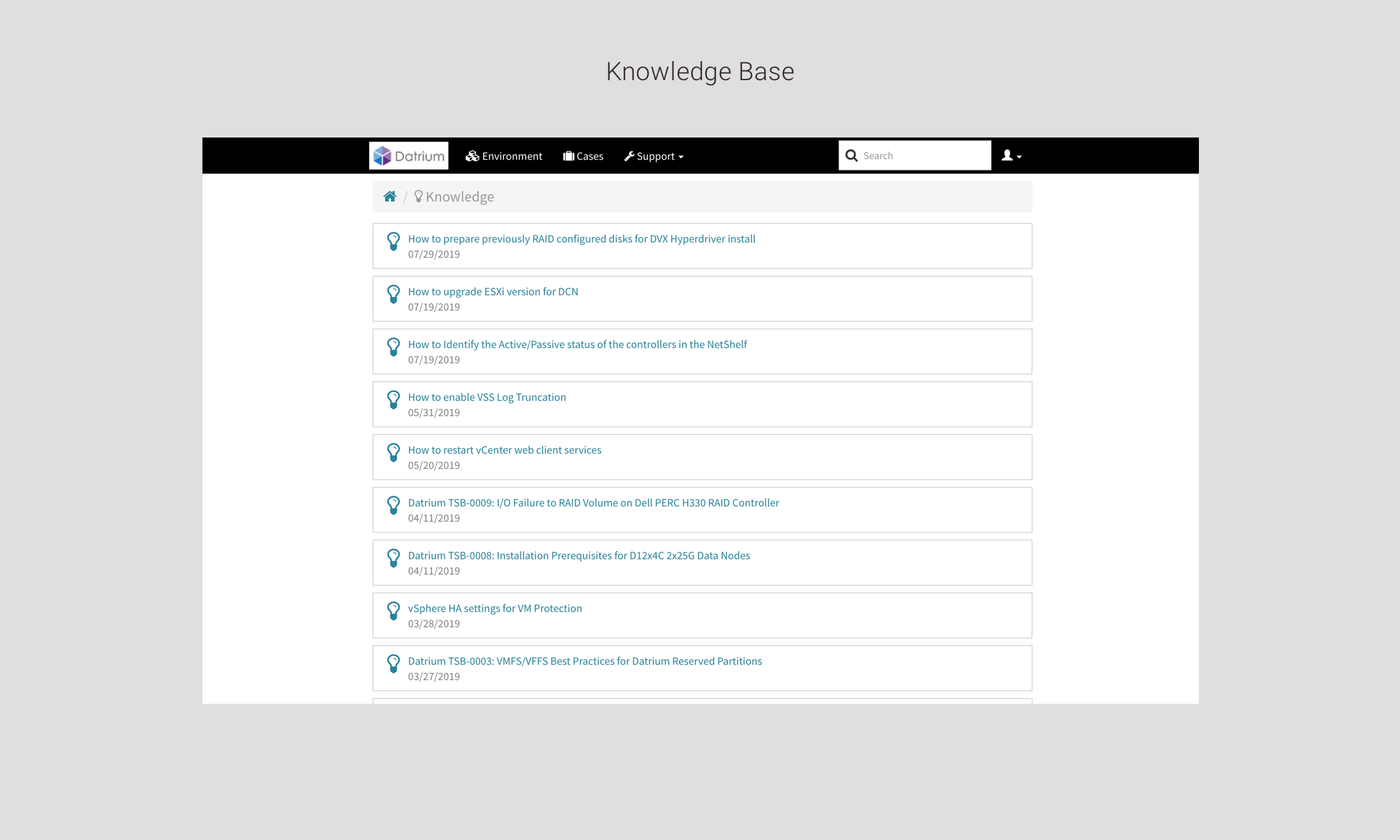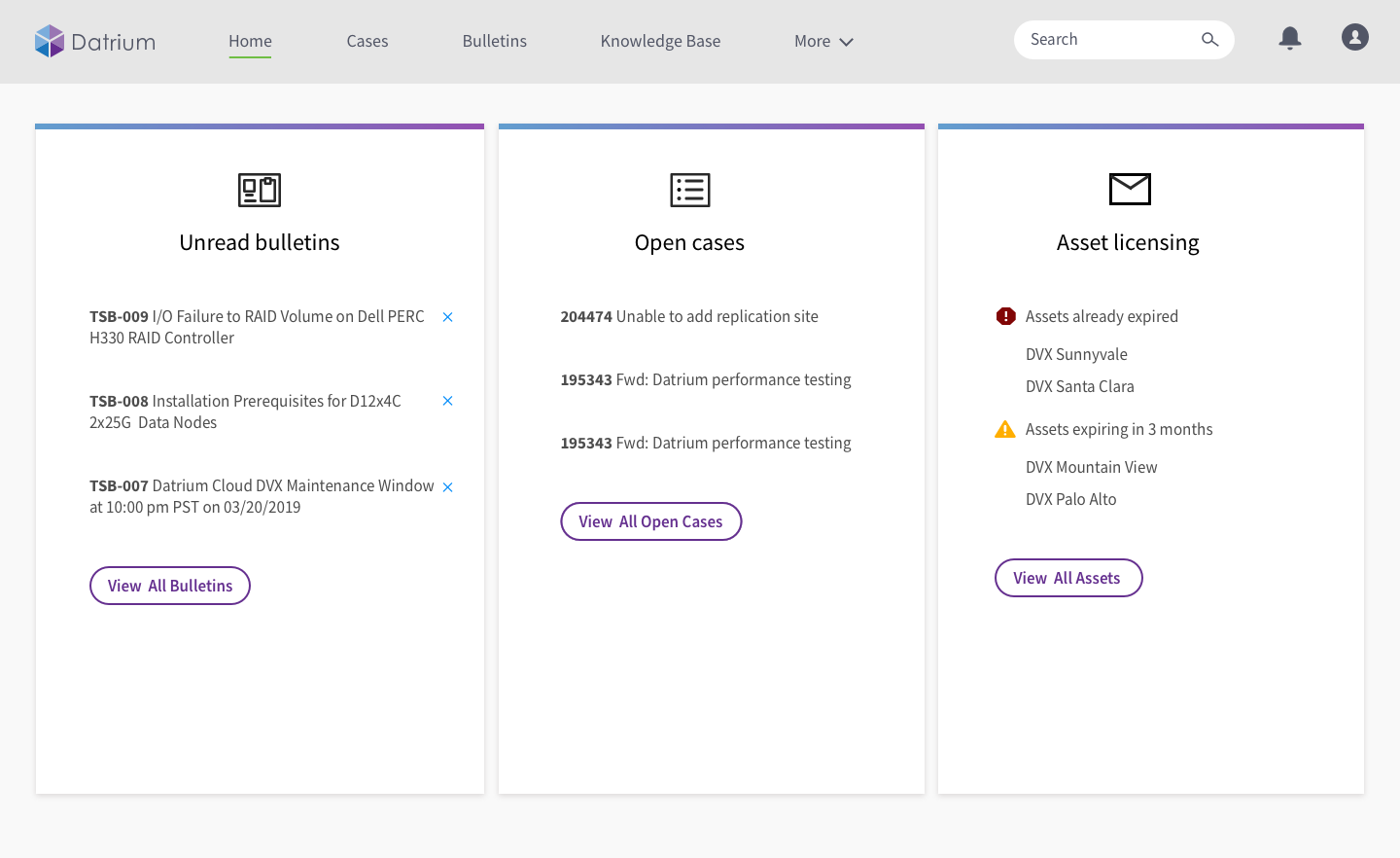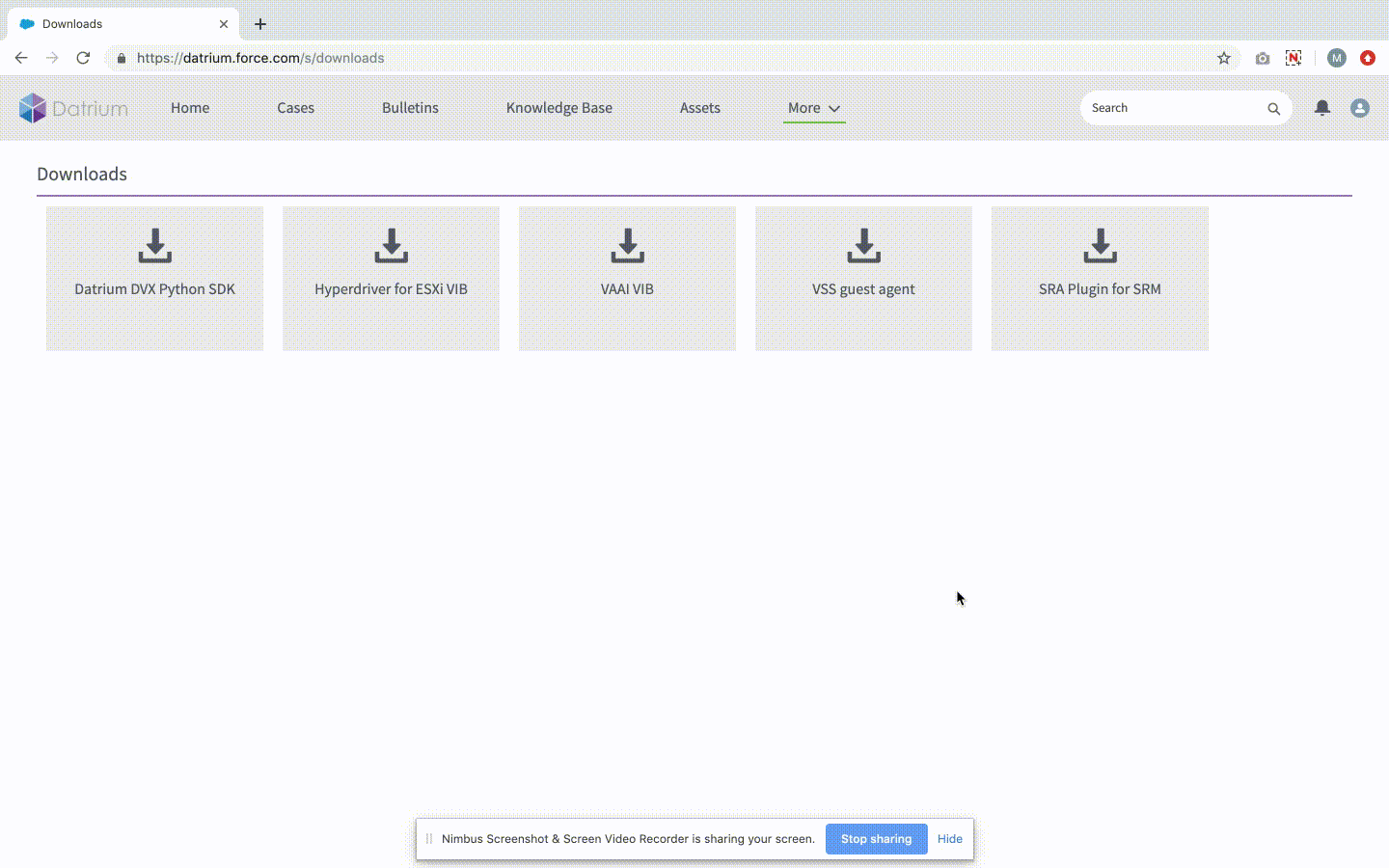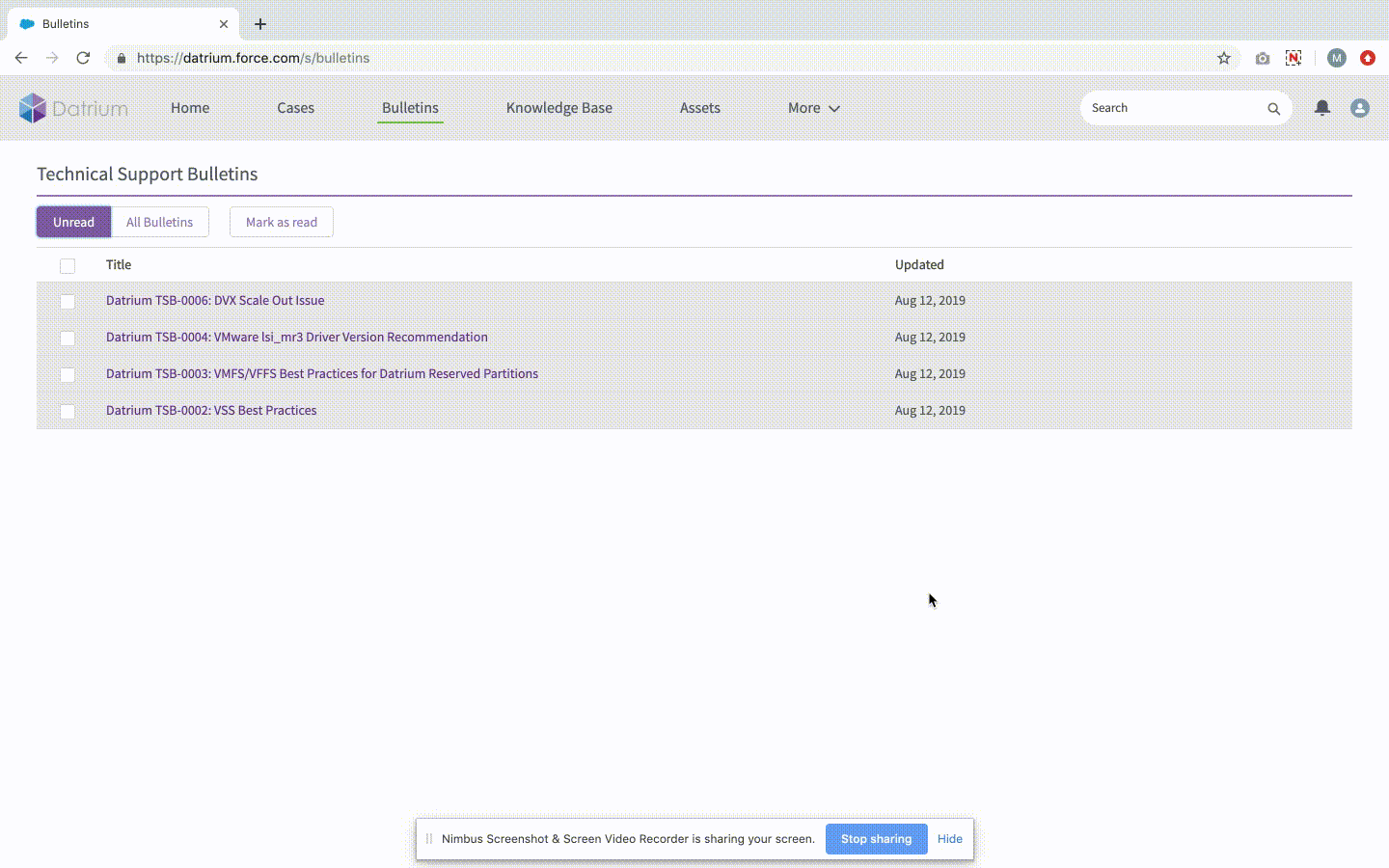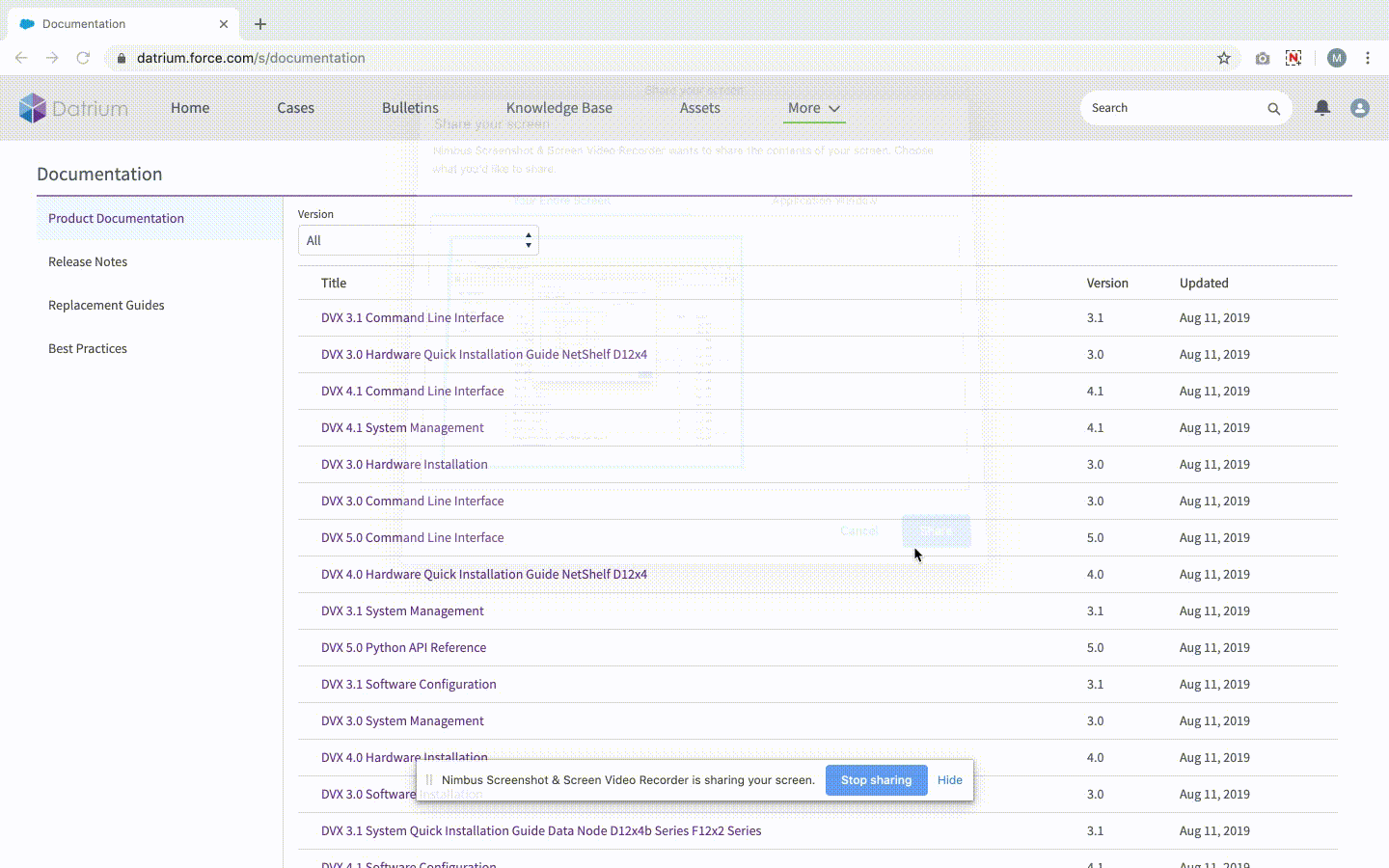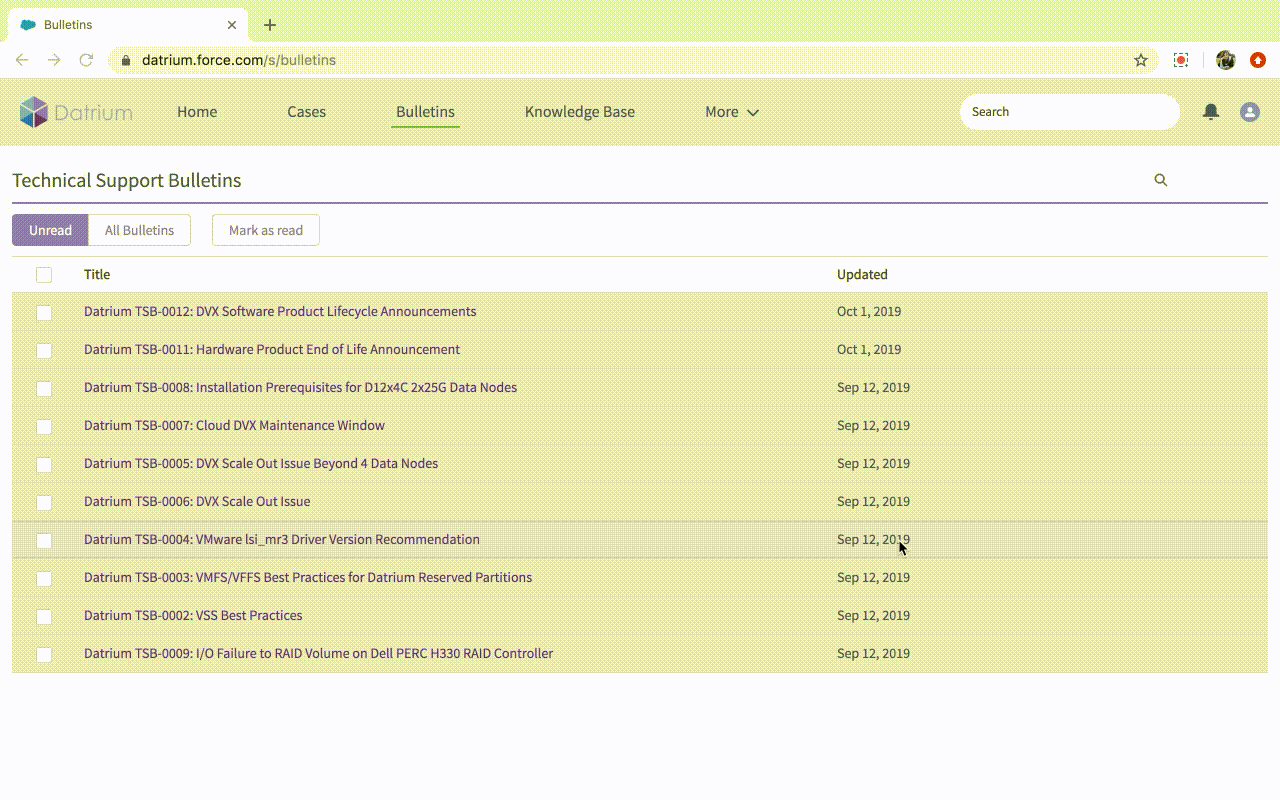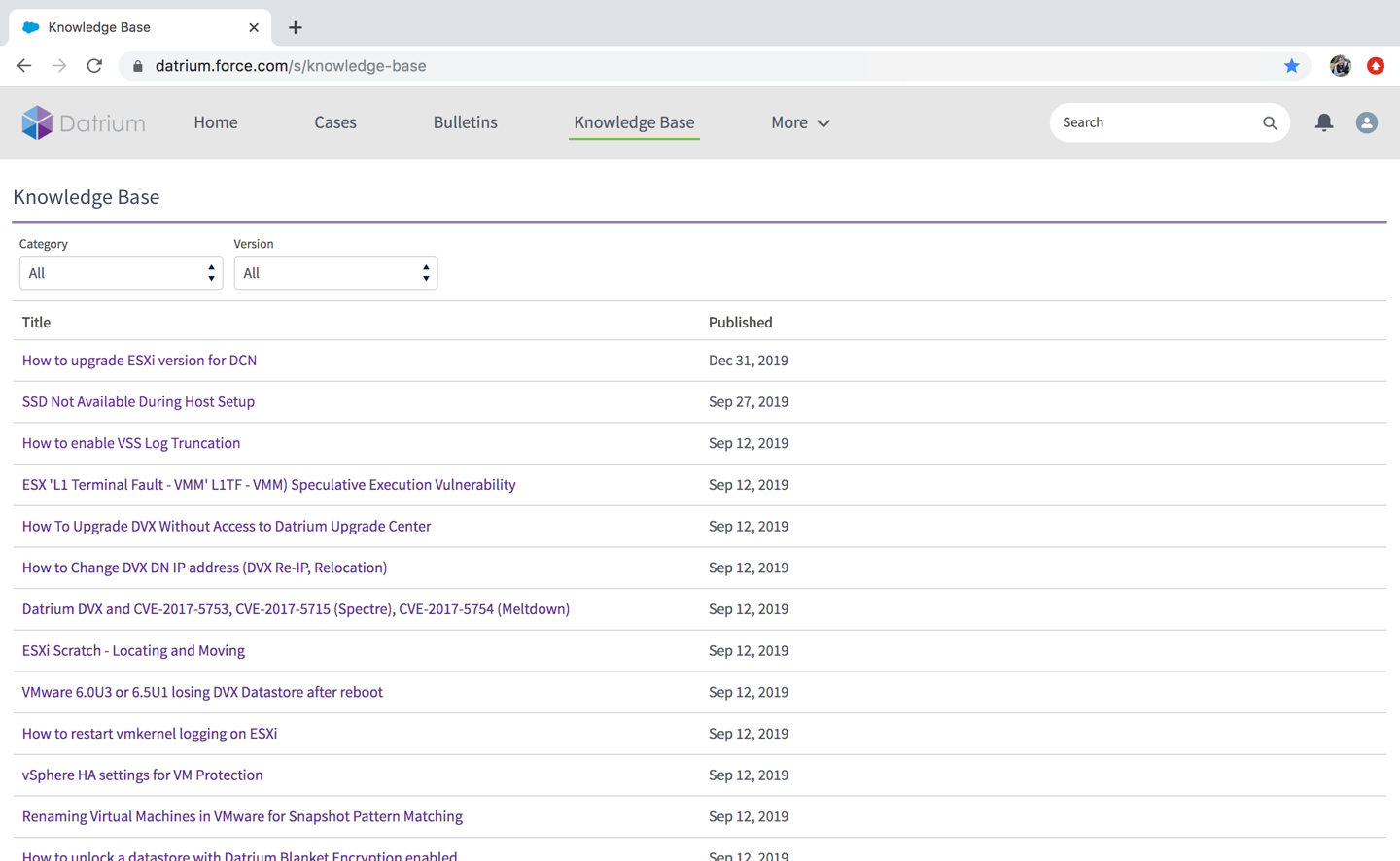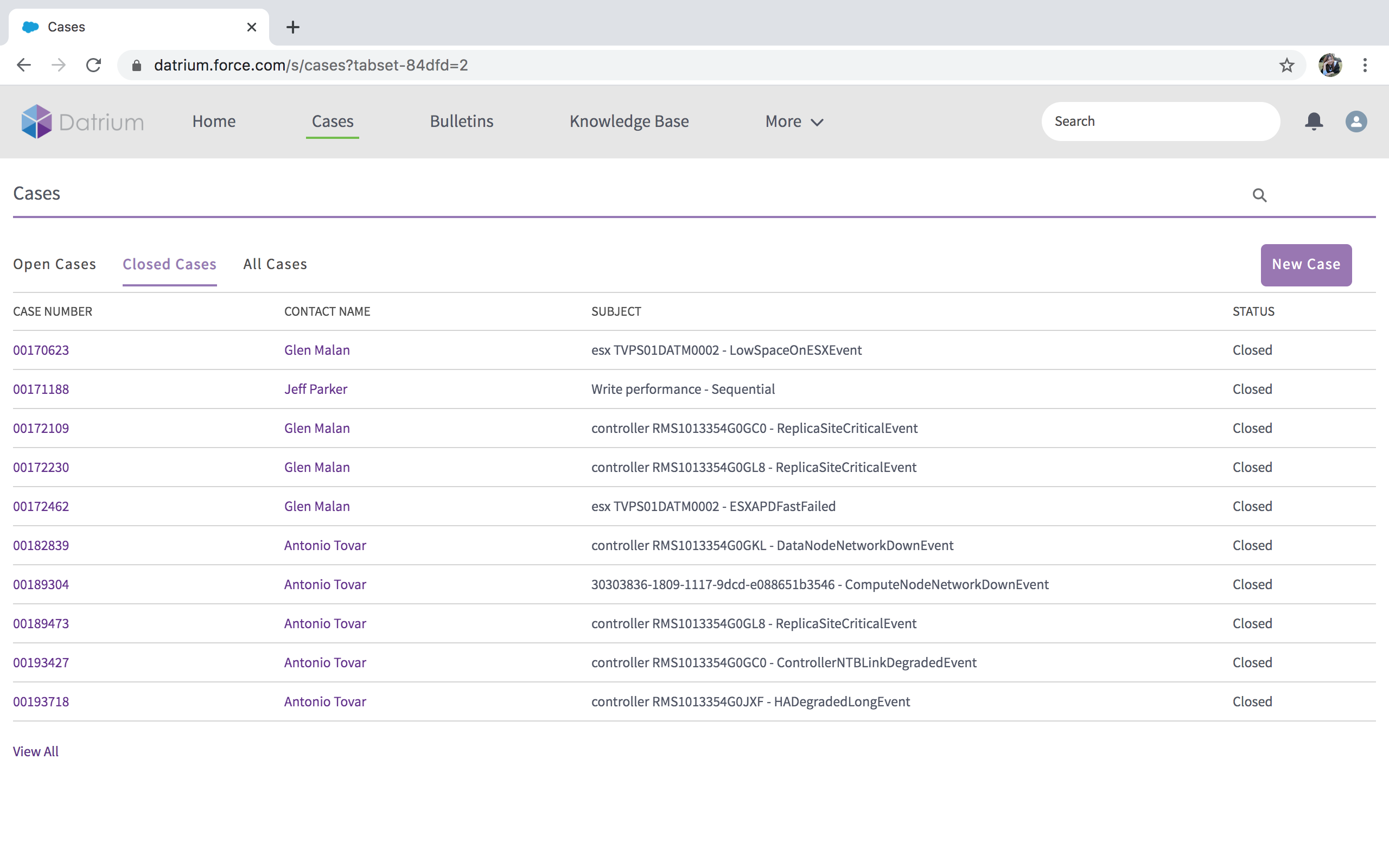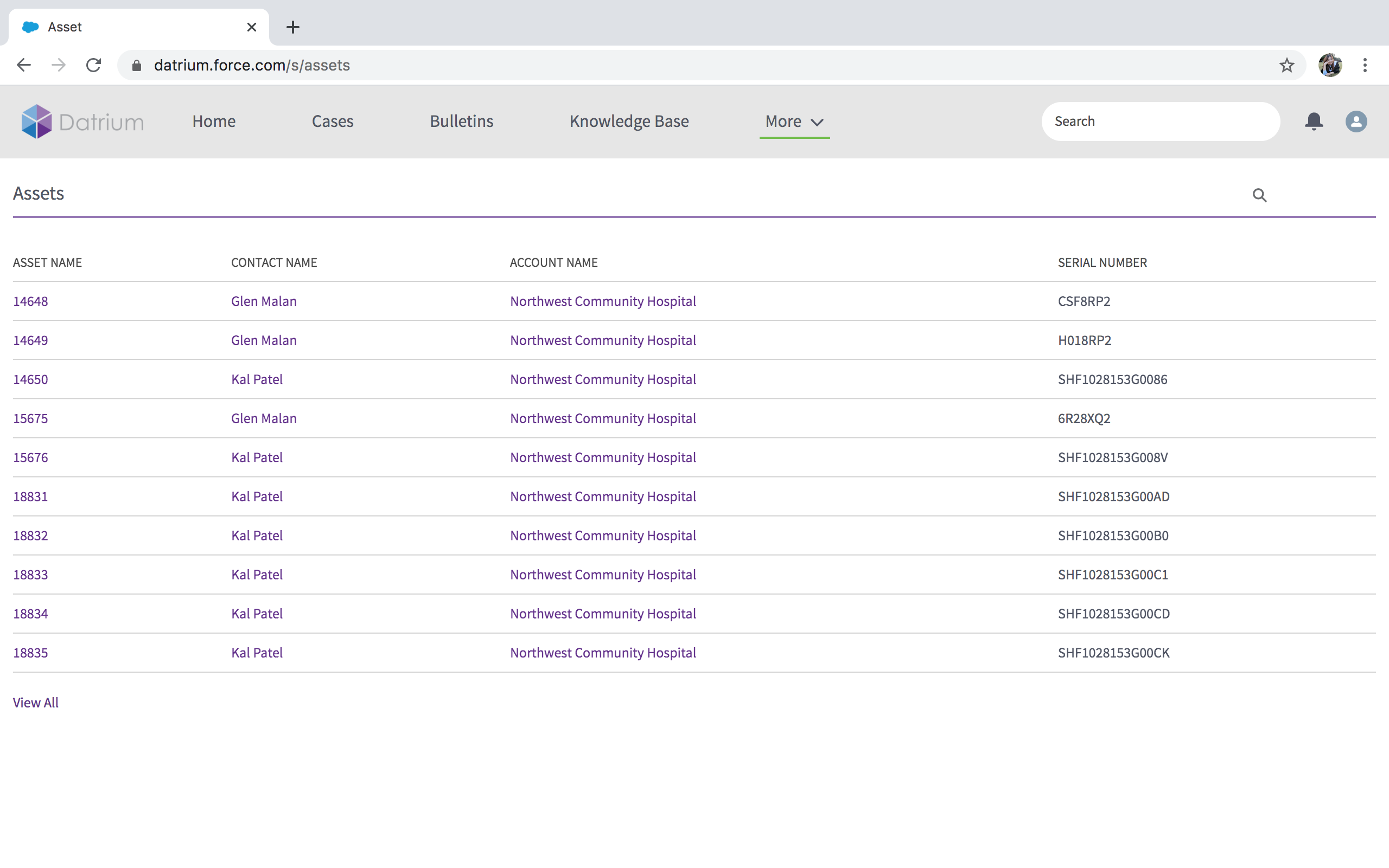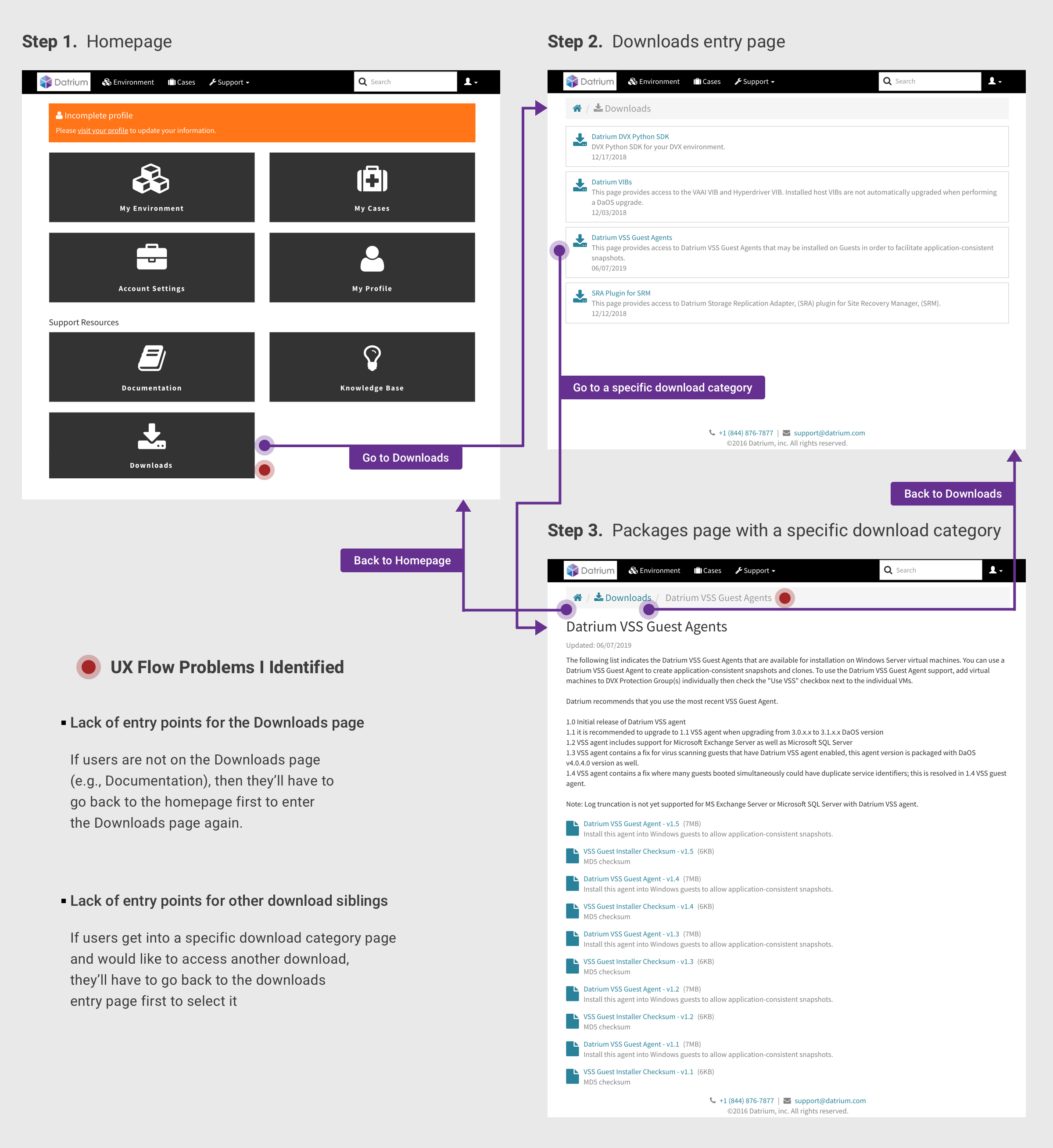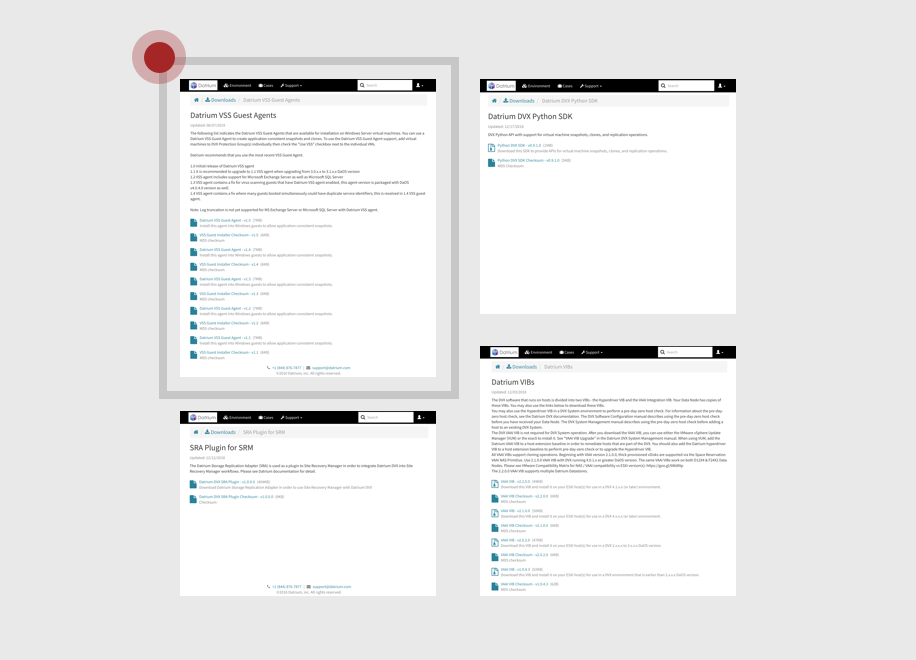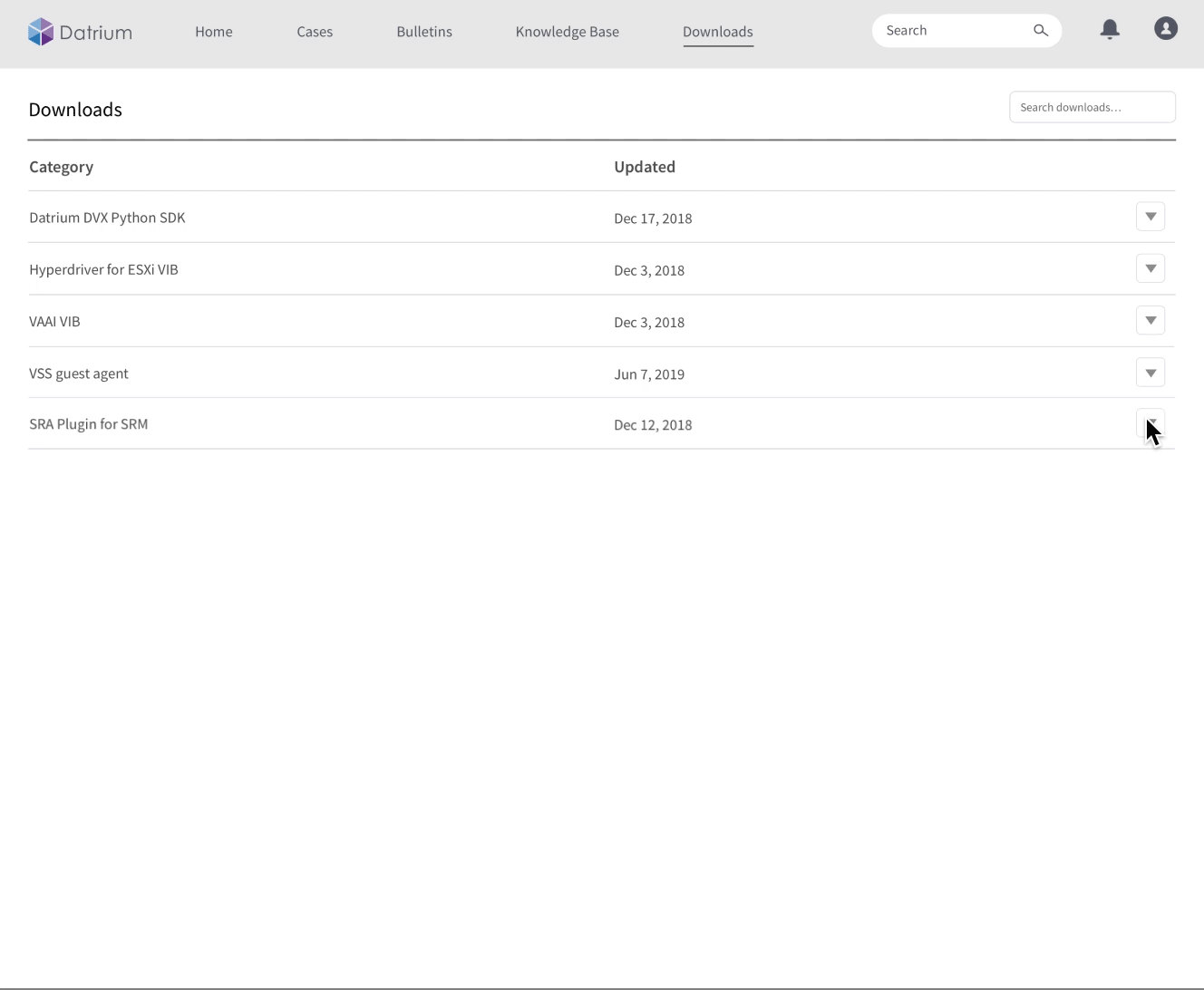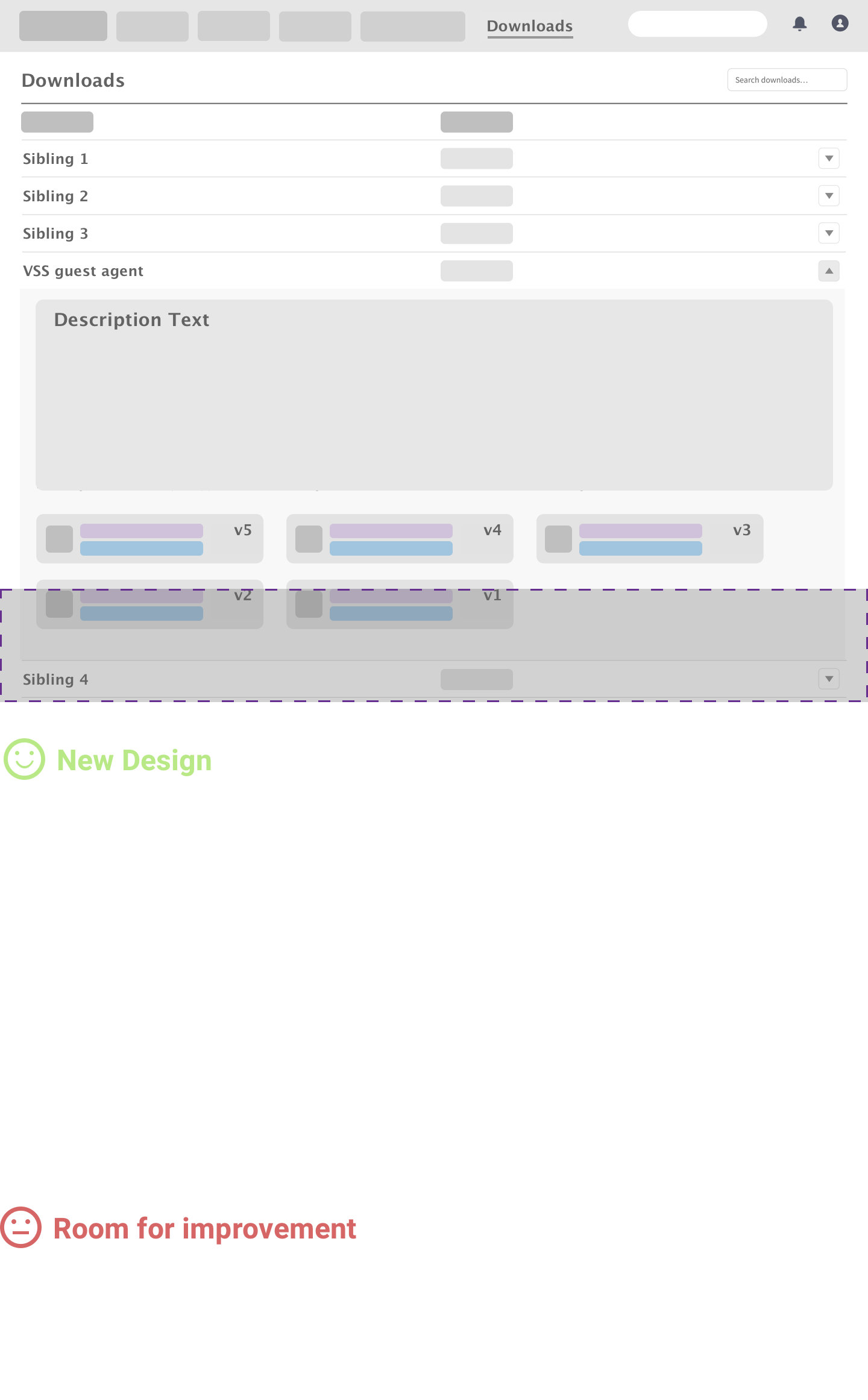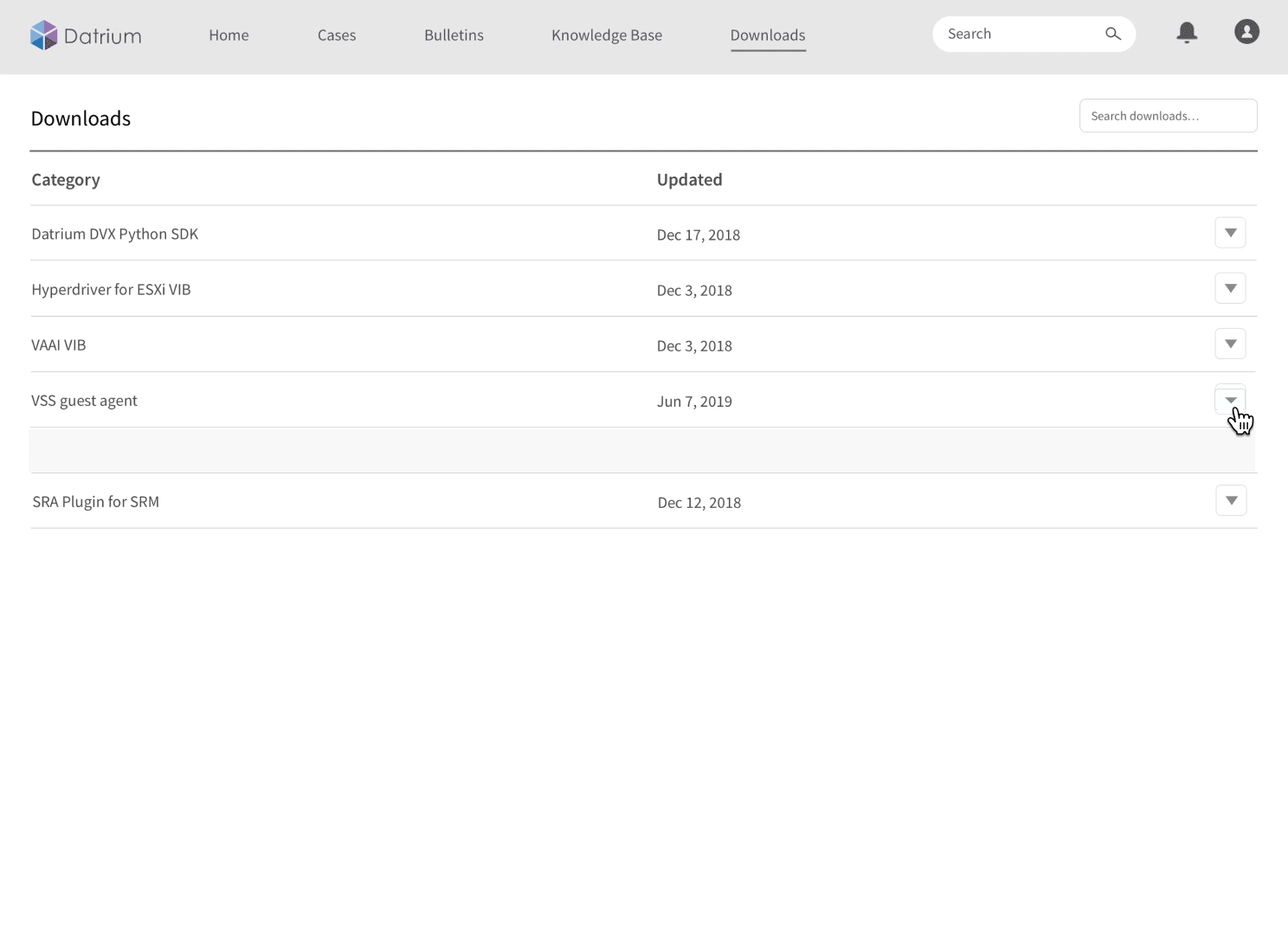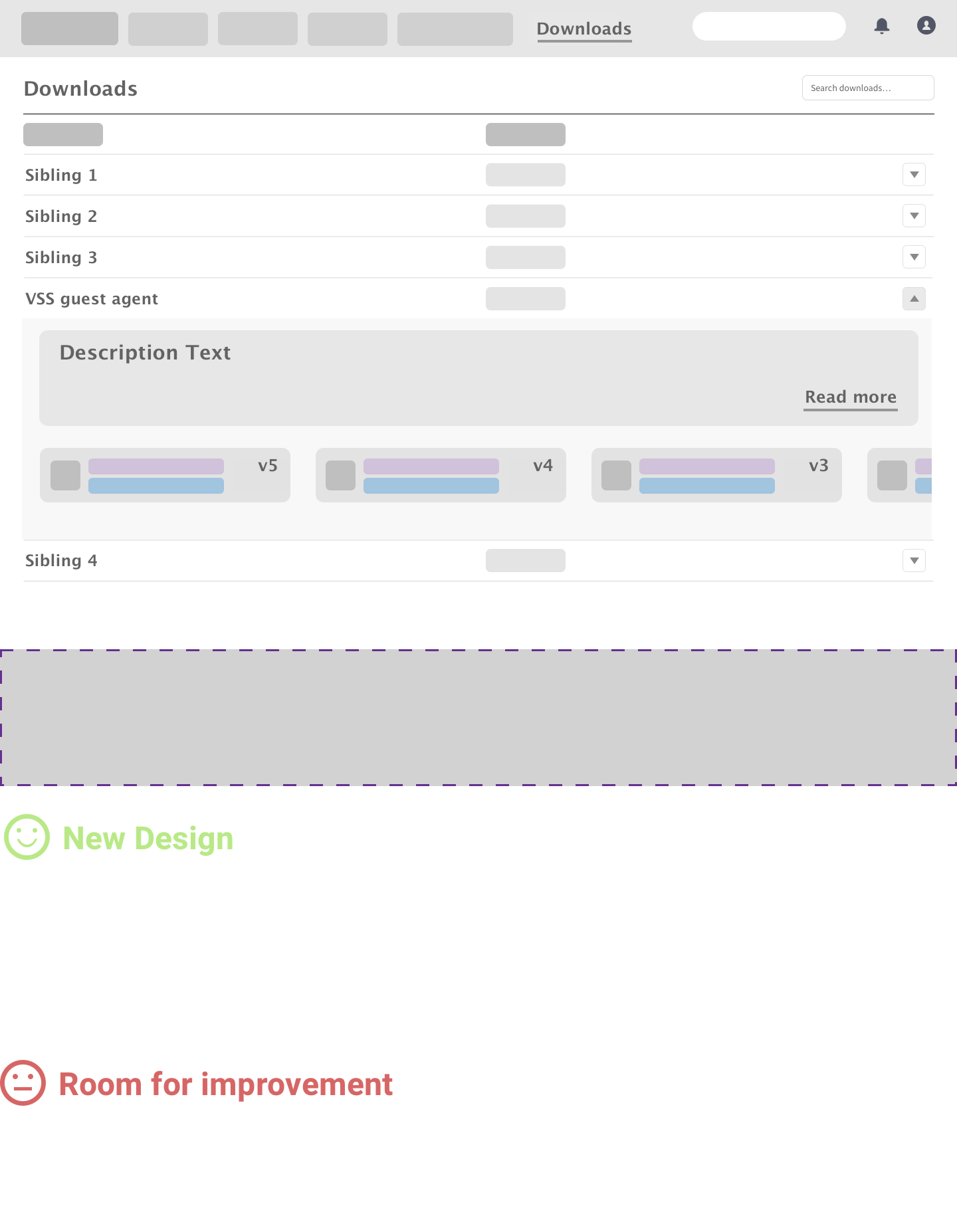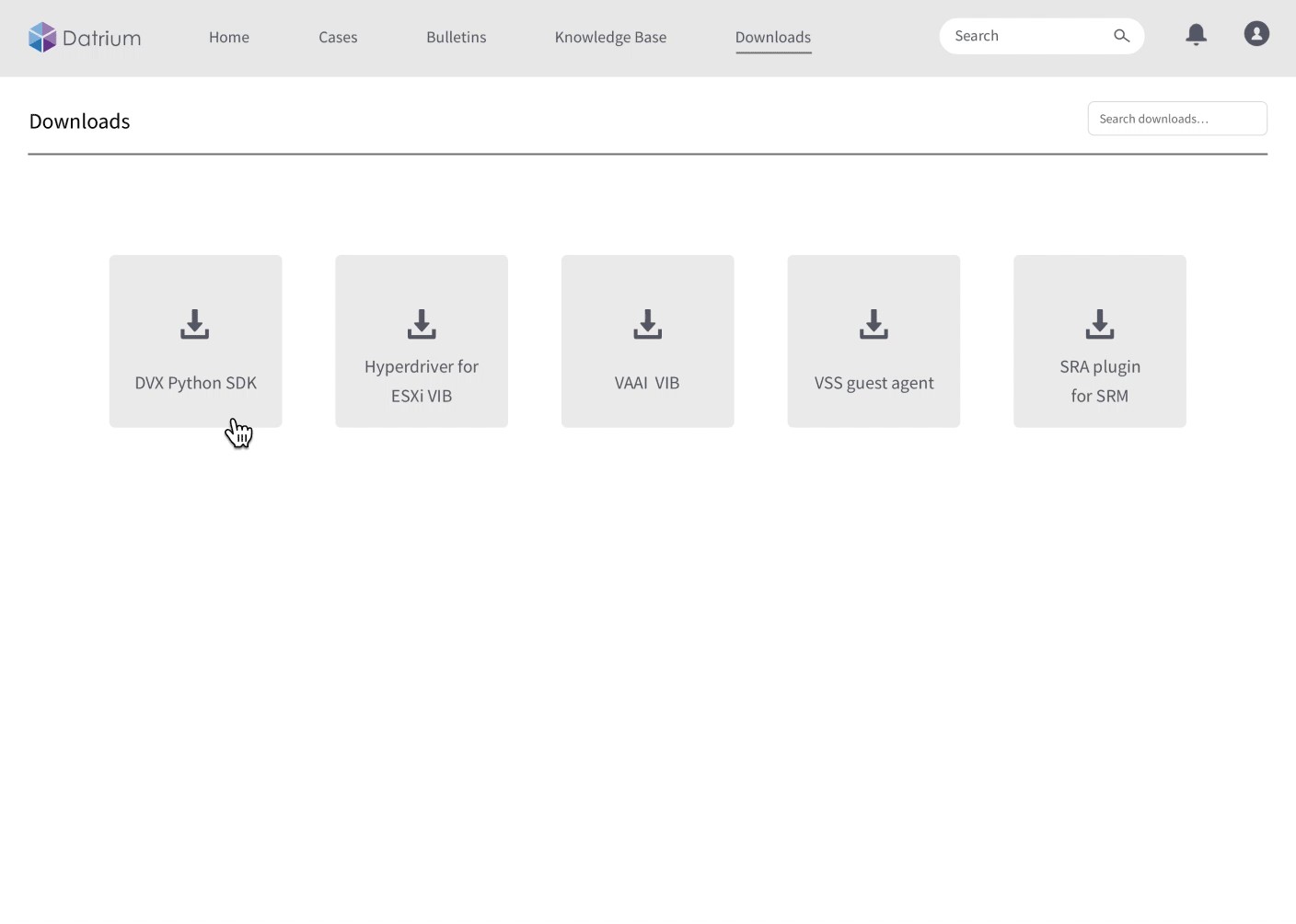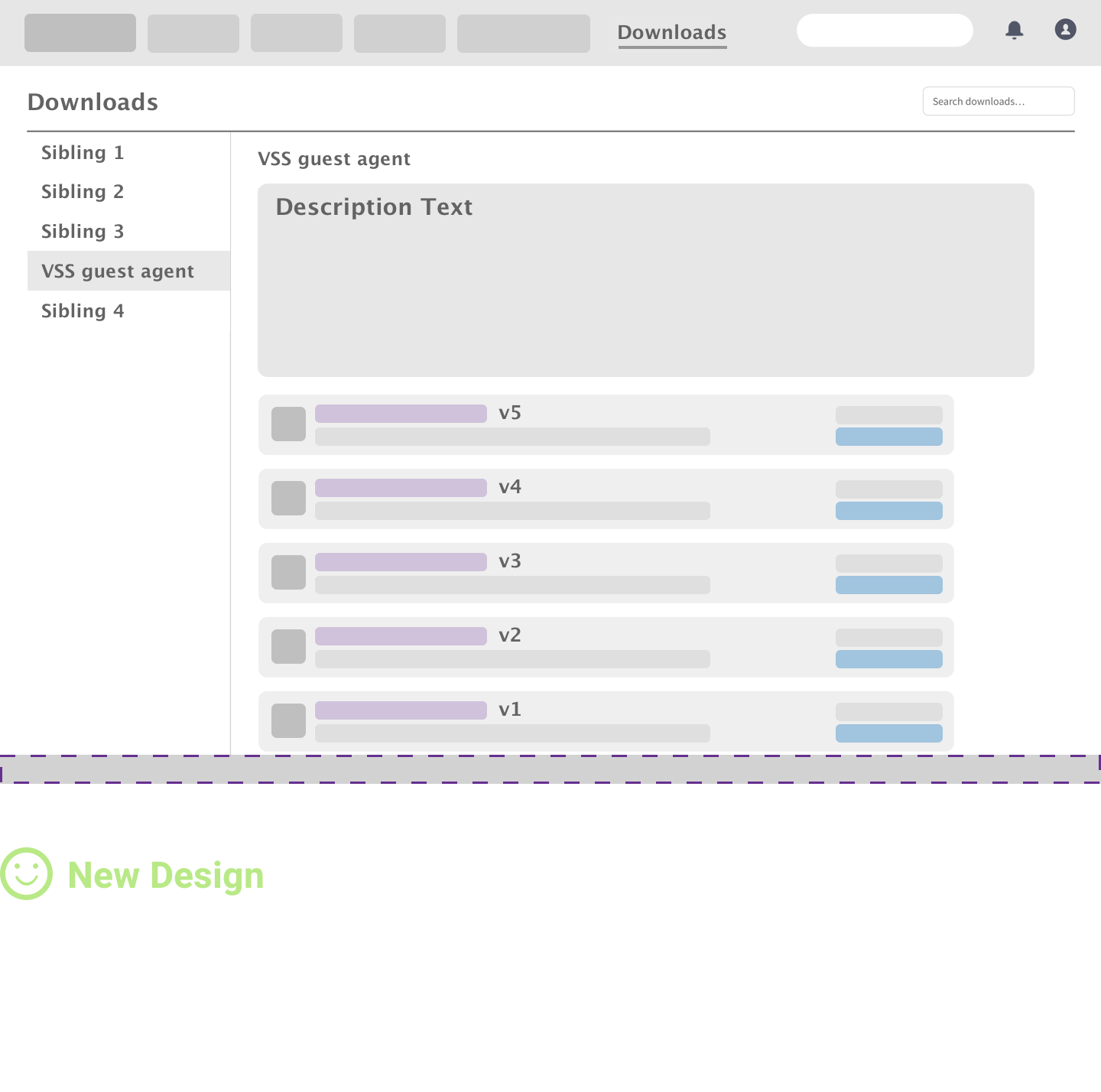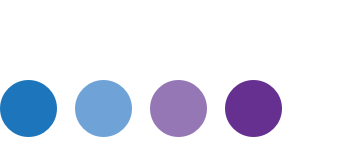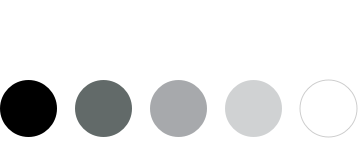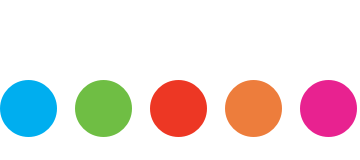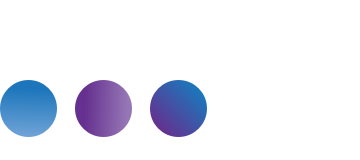Overview
In the summer of 2019, I was fortunate enough to intern at Datrium in Sunnyvale, CA, and had an enjoyable experience with a bunch of amazing people.My main job was to revamp Datrium’s outdated customer support portal, which was built in 2016. My work boosted the old portal from both UX and UI perspective, allowing Datrium’s enterprise customers to better manage their products and tasks. For instance, submitting and viewing cases, searching and browsing technical support bulletins and knowledge base, downloading software, and so much more.
Our team has already launched the alpha version of the new site in Q3 at https://datrium.force.com. Datrium’s CEO, Tim Page, even expressed his compliment over this new customer support portal in the Datrium Slack channel. (What a bummer I forgot to take a screenshot of this)
Mentor Recommendation
"I mentored Melody during her internship at Datrium. She was able to finish not one but two major projects over the summer, including one that went to production. Melody has a great attitude, has keen creative instincts, and is a quick learner."Linkedin Recommendation by Juan Casares
My Role
UX / UI InternTools
Sketch and Axure RPMy Teammates
Juan Casares Senior Product DesignerMadhavi Javvaji Software Engineer
Chaitanya Mamuduru Software Engineer
Doug O'Shaughnessy VP of Customer Support
Harish Dhurvasula Director of Engineering
Cisco Josh Technical Support Team Lead
